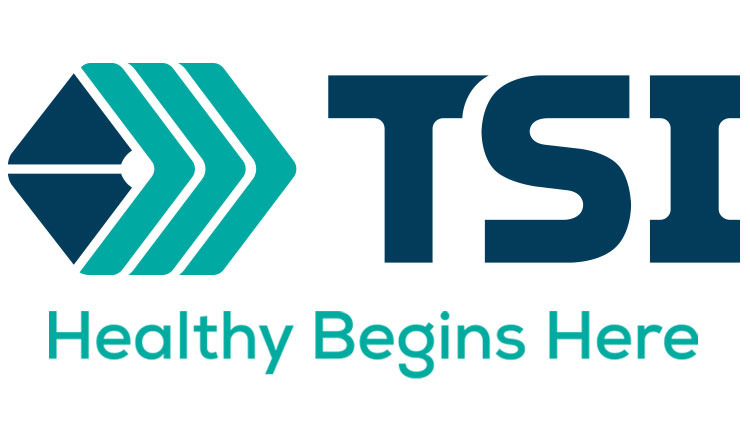Promotional Features
How to Create Joint Supplements that Sell
Asia Pacific consumers are more active and mobile than ever – and they need joint health supplements that provide efficacy, convenience and that do no harm to the planet.
Asia is beginning to step up the game in creating innovative fitness programs, trends and styles. According to GuavaPass, a popular fitness portal in Asia and the Middle East, there has been an increase in community workout programs in major cities and a rise in group classes. HIIT (high intensity interval training), which has devoted followers in North America, is also gaining millions of acolytes in Asia.
This means that joint health supplements fit right into lifestyles of fitness enthusiasts, as this is a niche that is awaiting fulfillment.
Young adults are enjoying fitness classes and other physically challenging pursuits, and they are concerned about joint health and early onset degradation due to the physical demands they place upon themselves. Also, middle-aged actives are concerned about arthritis. According to www.medicinenet.com, approximately 350 million people worldwide are living with arthritis. It cannot be prevented but it may potentially be delayed, slower to progress and with less intense symptomology.
Glucosamine has been a top go-to supplement for consumers who begin to consider the health of their joints, and protect their mobility. But typical glucosamine comes with a price – and not for the raw material.
The cost of using conventional glucosamine is paid by the environment – and consumers are quickly turning away from ingredients, products and packaging that harm the environment and rapaciously deplete resources without equal replenishment.
There is an effective glucosamine that appeals to the environmentally conscious and those who prefer their foods and nutraceuticals come from sources other than animal. GlucosaGreen® is a novel, plant-based glucosamine that is directly compressible for tablets, a universally preferred delivery method.
Benefits of Plant-based Glucosamine
GlucosaGreen, from TSI, is manufactured via a patent-protected process that uses a unique fermentation technology on non-GMO corn to produce glucosamine bioequivalent to shellfish glucosamine. And this process is much more suitable to the well-being of the environment.
Compared to glucosamine obtained from shellfish, GlucosaGreen fulfills vegan and vegetarian needs, as well as leaves dramatically reduced waste from production: GlucosaGreen produces only 2% of the waste compared to shellfish glucosamine. It takes only 2 metric tonnes of clean water to produce the same amount of glucosamine – 99.9 per cent less water than required for shellfish-derived glucosamine.
GlucosaGreen is a clean-label-friendly glucosamine. It made sustainably and is therefore not dependent on a fragmented supply of crustacean shells or a limited quantity of citric acid biomass waste stream. As more consumers become aware of how the conventional shellfish glucosamine industry negatively impacts the environment – and the shellfish populations themselves –GlucosaGreen is uniquely positioned as a suitable choice.
GlucosaGreen is available for manufacture in a variety of forms, including its exclusive DC granules used to make premium tablets via direct compression.
Benefits of Going Granular
Glucosamine is primarily consumed in tablets, a preferred form for millions of people. As a brand manufacturer, your goal is simple: provide an easy-to-swallow glucosamine tablet manufactured in an efficient, cost-effective manner.
Powdered glucosamine doesn’t compress so it must be in direct compression (DC)-grade granules to be effectively processed into tablets.
Glucosamine ingredient suppliers are expert in their ingredient (origin, composition, efficacy, safety, material handling and shipment, etc.). But they typically are not experienced in tablet manufacturing. Therefore, there has been a critical link missing in the collaboration between brand marketers and conventional glucosamine suppliers in working with glucosamine materials that are physically suitable for tablet processing.
This has led to the current industry practice where DC granules are measured by particle size distribution (PSD), which does not fully reflect suitable compressibility for tableting. The granules should exhibit high compressibility because PSD alone creates a variability that can have significant impact on operational efficiencies and outcomes.
The key to making an excellent mobility-support tablet with glucosamine is using a granule with the desired compressibility – not just a specified PSD. Using DC glucosamine granules enables production of smaller tablets with better hardness, uniformity and disintegration time, and without chipping and capping, as well as reduces excipients, improves tablet aesthetics, improves operational efficiency and reduces overall costs. Better granules ensure the tableting process runs much more smoothly without stoppages to adjust for varying PSD batches. This saves customers time and money.
The demand in the Asia Pacific region for joint and mobility support supplements is expected to grow steadily, desired by consumers spanning all adult generations. The right (high compressibility) granule is the basis of a tablet that performs as the consumer expects and desires, delivering non-GMO corn-derived glucosamine that satisfies their desire for eco sustainability.




